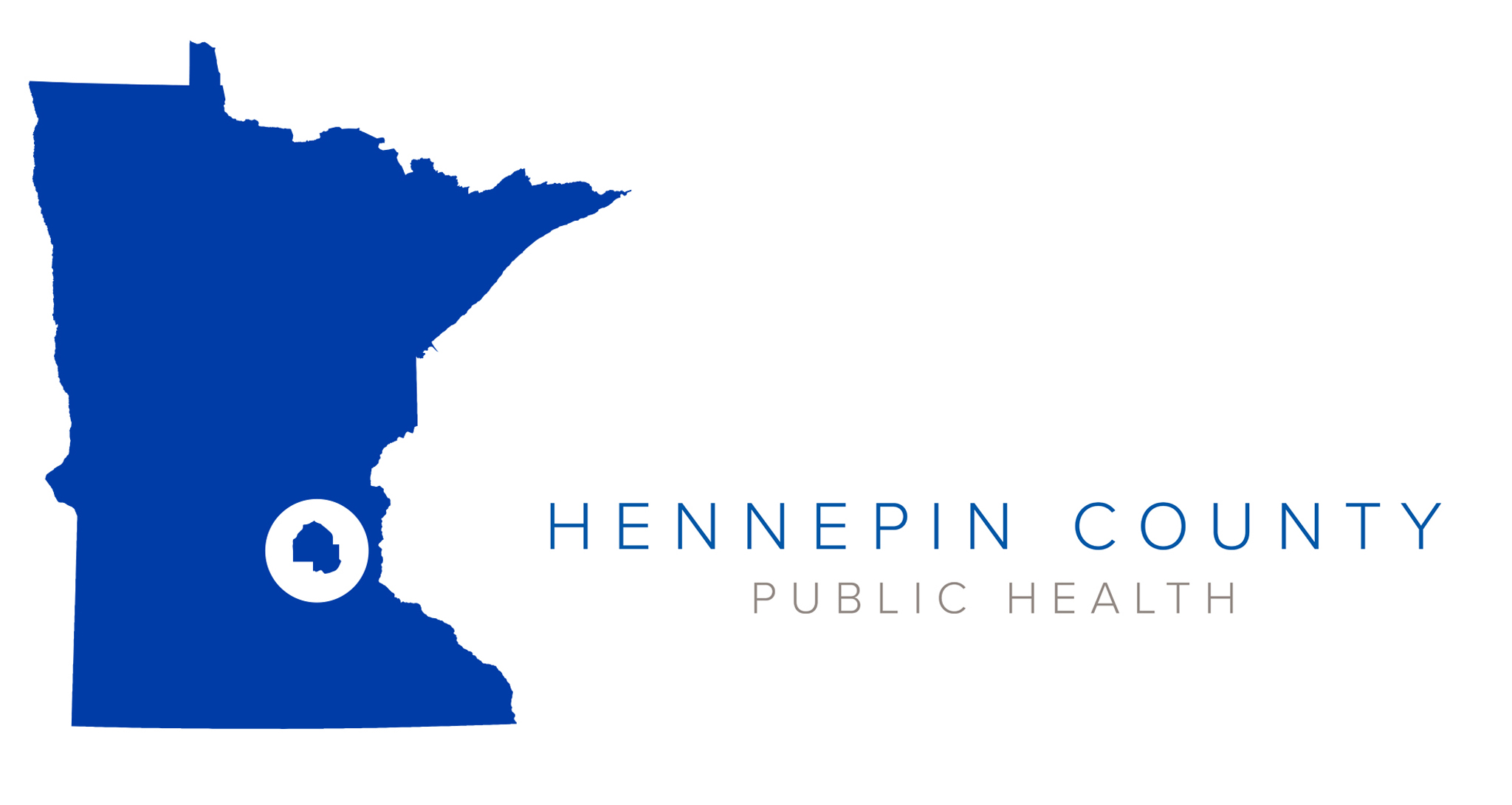

Message from our director
I am pleased to share some of our 2019 highlights through this annual report. These highlights include videos, media coverage, and several awards we were proud to receive. This year was a productive and challenging year for our health department.
One challenge we faced in 2019 was addressing a significant budget shortfall. We made hard choices, including not filling vacant positions. The budget challenge motivated us to reexamine our work, look for efficiencies and innovations, and to approach billing for clinical services in a new way. I am pleased to say that we met our budget targets and ended 2019 in a stronger position than we started it.
We are also excited to step into the new decade by undertaking a strategic planning process in 2020. While we look forward to evolving, we remain committed to our focus on reducing disparities and advancing health equity.
Thank you for supporting our efforts to protect and improve the health of all people in Hennepin County and for reading and sharing our annual report.
Susan Palchick, PhD, MPH

Contents:
The links, below, represent sections of the report. Scroll down to continue reading the report, or click on any of the links to go directly to that section.
Thank you for supporting our efforts to protect and improve the health of all people in Hennepin County.
Much of the work of public health occurs behind the scenes. Occasionally, there is a health issue that brings our work to the forefront, giving our staff and department a chance to shine. We call these “big wins”: here are three that grabbed the public’s attention in Hennepin County during 2019.
Our department was instrumental in updating Hennepin County ordinance 21, which governs retail tobacco sales in five cities in our county, plus the MSP airport. Staff from our health promotion program worked with county administration to develop a proposal to update the ordinance. We also worked to educate the county board and community on the public health rationale for these changes. In July, the board of commissioners voted to raise the legal age to buy tobacco to 21; to restrict the sale of flavored tobacco products, including menthol, to adult-only tobacco stores, and to set a minimum price of $3 for cigars. They passed this policy change even before it became clear that a nationwide outbreak of vaping-associated lung injuries was occurring.
Why it matters: Tobacco remains a leading cause of death and costs Hennepin County residents more than $500 per person per year. Additionally, a recent, alarming increase in youth e-cigarette use is harming our kids and undoing years of public health progress. The strengthened provisions of ordinance 21 will reduce youth access to tobacco and prevent future smokers. To learn more, visit the Hennepin County ordnance 21 webpage and the Minnesota Department of Health Tabacco NUMBRS webpage.
Related media coverage:
Hennepin County Board approves tobacco sales restrictions at airport and four cities (by David Chanen, Star Tribune 07/09/19)

Responding to communicable disease outbreaks is an activity where our health department really shines. Two outbreaks received considerable public attention this year.
Hundreds of people experienced vomiting and diarrhea after boating and swimming in an area of Lake Minnetonka called Big Island over the Fourth of July weekend. In the week following the holiday, staff from our environmental health and epidemiology programs responded to phone calls from 270 people reporting illness. Working together with the Minnesota Department of Health (MDH) 198 people were identified as cases in the outbreak. While we were unable to determine the exact source of the outbreak, viral illness is suspected. We, with our partners at MDH, effectively leveraged the high level of media interest to communicate healthy swimming practices to help prevent future outbreaks.
Why it matters: Many people fell ill and wanted to know why. Although the source of the outbreak was never determined, our investigation and our health education messages may help prevent future outbreaks. Additionally, this unfortunate event galvanized the community to look for policy and infrastructure changes to keep people healthy and safe on Lake Minnetonka. Following the outbreak, our staff worked with the Lake Minnetonka Conservation District to research policy solutions to help prevent future outbreaks.
Related media coverage:
How an Illness Outbreak Started on Lake Minnetonka (by Sheila Mulrooney Eldred, Mpls-St.Paul magazine 9/10/19 )
Lake Minnetonka gets stricter rules against sewage discharge from boat toilets (by Mara Klecker, Star Tribune 11/29/19)
"One benefit of all the attention? An unusual inflow of reports from the public. More often, Hennepin County or MDH tracks down people who’ve become ill and initiates the calls. Or people will go to their health care provider with symptoms and test positive for something that the provider is required to report to MDH.
'This time we had people who really wanted to talk to us,' [Erica] Bagstad, [Hennepin County Public Health epidemiology supervisor] says. Consider it a manifestation of Minnesota’s neighborly ways. 'I think people who were out there were so concerned and wanted to help others not get sick.'"
-How an Illness Outbreak Started on Lake Minnetonka (by Sheila Mulrooney Eldred, Mpls-St.Paul magazine 9/10/19)
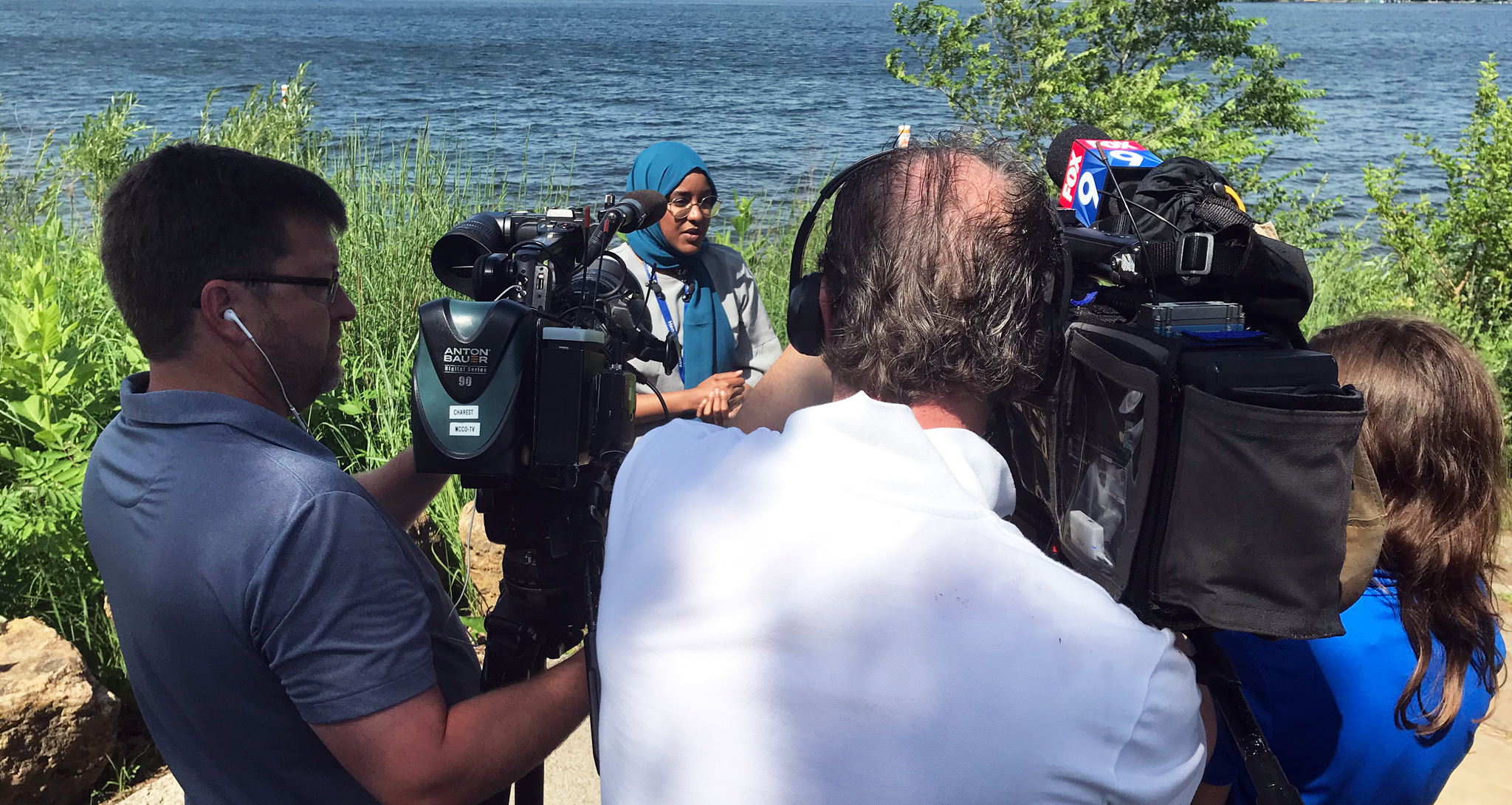
The Minnesota Department of Health (MDH) declared a statewide outbreak of Hepatitis A in August 2019. Hepatitis A (Hep A) is a liver infection that causes fever, fatigue, abdominal pain, and other symptoms. High risk populations in this outbreak include: people experiencing homelessness and unstable housing; people with a history of incarceration; and people who use injection or non-injection drugs. As of December 20, 2019, there have been 24 cases in Hennepin County and 60 cases in Minnesota. The outbreak is ongoing.
Many parts of our department are involved in this response. Our epidemiology program is helping MDH identify cases (i.e., people ill with Hep A) and locate other people they may have exposed. Our staff -- including those from the Hep A response team, the Public Health Clinic, and Health Care for the Homeless -- have provided over 1,500 Hep A vaccinations (as of December 15). This is a dramatic increase in Hep A vaccinations over our usual (non-outbreak) business practice. For comparison, we gave 258 Hep A vaccines in November 2019 versus 77 vaccines in November 2018, more than a three-fold increase. We’ve also offered support to other county and community partners to help prevent the outbreak from worsening.
Why it matters: Hep A is very contagious. Vaccination is the best way to prevent Hep A disease. While Hep A is now a routine part of the childhood vaccination schedule, most adults do not have immunity to the disease. While people who get Hep A generally recover, many feel very ill, and require hospitalization. To learn more about Hep A, please visit the MDH website.
Related media coverage:
Minnesota declares outbreak of hepatitis A (by Jeremy Olson, Star Tribune 08/08/19)
"The Hennepin County Health Care for the Homeless program started offering hepatitis A vaccine last summer to any adults seeking care at its nine Minneapolis shelter clinics. The organization also has offered vaccine at outreach events, such as the National Night Out event at the Harbor Lights shelter on Tuesday, to target people who aren’t regularly in shelters or seeking clinic care.
'We’re really focusing on trying to reach that population,' said Martha Trevey, a clinic service manager for the program."
-Minnesota declares outbreak of hepatitis A (by Jeremy Olson, Star Tribune 08/08/19)
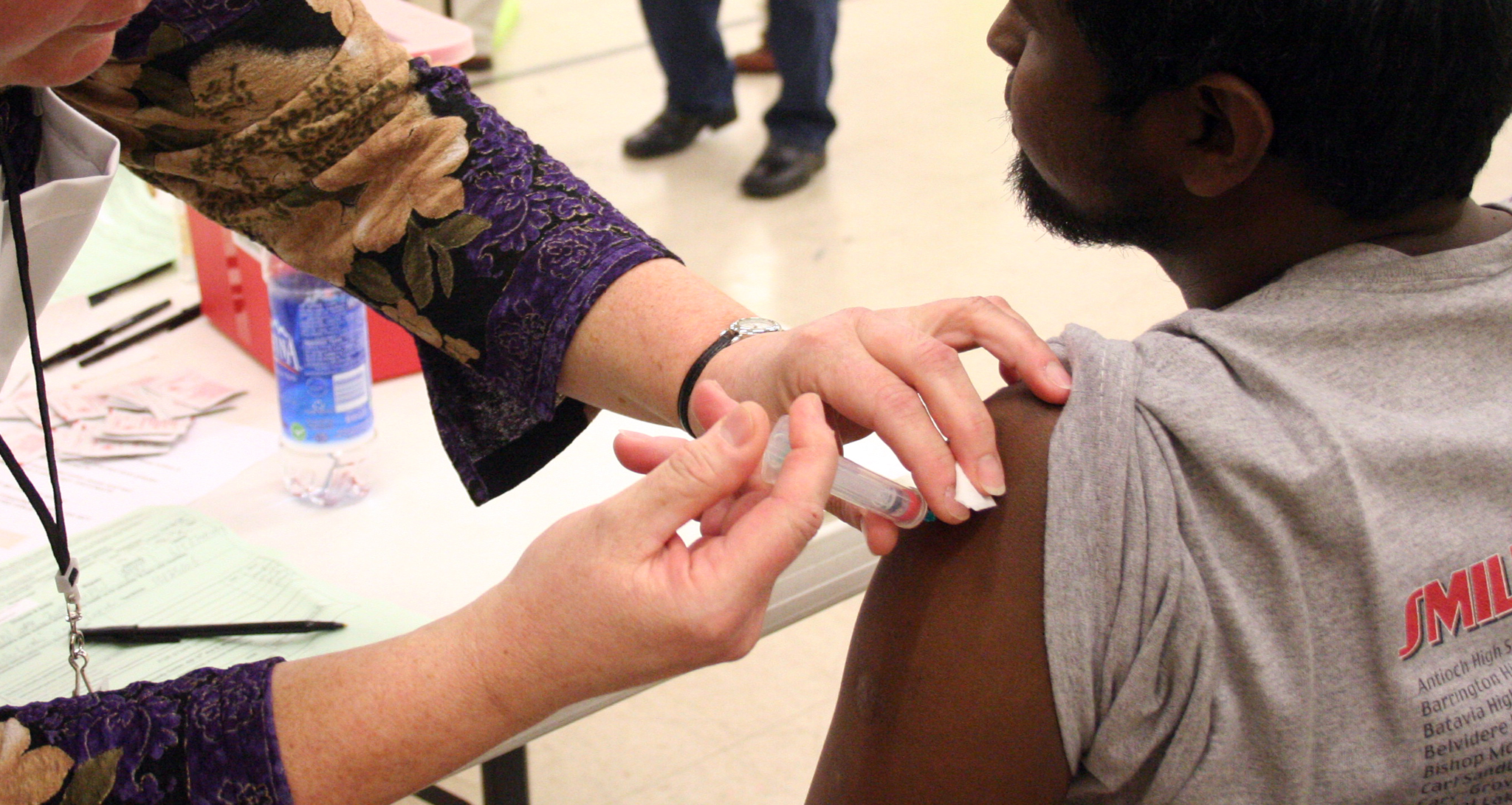
Over the past decade, opioid overdose deaths have risen across the nation. In 2018, 129 number of people overdosed from opioids in Hennepin County.
In 2019, our department's opioid response coordinator led implementation of the county's opioid prevention strategic framework, coordinating the work of several county departments to implement and expand opioid interventions. For example, Hennepin County safety and security staff working in 27 county buildings have been trained on how to carry and administer Naloxone (up from five buildings in 2018). Additionally, our Red Door Clinic hired a full-time Naloxone and syringe exchange program coordinator. This new position allowed us to expand the hours of the syringe exchange program and train more community members to help prevent overdoses. In 2019, Naloxone kits distributed by Red Door Clinic reversed an estimated 266 overdoses.
In 2019, we collaborated with Hennepin Healthcare and the Department of Community Corrections and Rehabilitation (DOCCR) to roll out a medication assisted treatment program in the county jail and workhouse. Every person admitted to the jail or workhouse is now assessed for an opioid use disorder. They are also offered medication assisted therapy to treat opioid addiction. Upon discharge, a nurse care coordinator connects people to recovery resources in the community. In 2019, over 600 people received medication assisted therapy.
Why it matters: Communities of color and American Indians are experiencing significant disparities in opioid related deaths and overdoses. Opioid overdose deaths in Hennepin County are projected to be higher for 2019 than 2018 (129 deaths) and 2017 (149 deaths). Interventions - like the DOCCR medication assisted treatment program - are a step in the right direction, but more work is needed.
Relevant media coverage:
Hundreds now treated for opioid abuse disorders in Hennepin jail (by David Chanen, Star Tribune 09/17/19)
"Julie Bauch, the county’s opioid response coordinator, said she would like to use the data to address racial disparities in the criminal justice system and how they can improve culturally specific treatment.
'We have good intentions, but right now the system is one-size-fits-all,' she said. 'We have the courage and the know-how to listen to what communities are saying they need.'"
-Hundreds now treated for opioid abuse disorders in Hennepin jail (by David Chanen, Star Tribune 09/17/19)

We shined in many ways, every day, throughout 2019. This infographic shares a few of our gems.
This year …

In 2019 we were honored to receive recognition from the National Association of Counties (NACo) and the National Association of County and City Health Officials (NACCHO).
Our WIC program won a NACo Achievement Award for its breastfeeding peer counselor program. The program pairs pregnant and postpartum women with peer counselors who have experience breastfeeding their own children and can offer support. Moms and peer counselors typically share the same language, racial/ethnic background, and other life experiences.
Breastfeeding improves health outcomes and reduces health care costs, but many women faces barriers to it, particularly women of color and American Indians. Our peer counselor program participants have higher breastfeeding initiation and duration rates than non-participants lifting their rates above Healthy People 2020 goals.
More information:
healthyhennepin.org/stories/moms-helping-moms-breastfeed
Our environmental health and health promotion programs won an Achievement Award from NACo for their work on the Make a Splash program. Between 2017 and 2018, the program provided low- and no-cost swim lessons and water safety classes to 38,000 youth. Our department has helped recruit swim providers, create a GIS map application that identifies geographic areas with underserved youth, and more.
Among children ages 1-14, drowning is the second-leading cause of unintentional injury-related death. Among children of color and American Indians the risk of drowning is even higher, and this project is addressing those disparities.
More information:
healthyhennepin.org/stories/make-a-splash
Our health promotion program won a NACCHO Model Practices Award for bringing healthier food to the Three Rivers Park District. Health promotion worked with park staff to offer park patrons fresh fruit and vegetables, low-sugar beverages, and other healthy options. The project was funded by the Minnesota Department of Health’s Statewide Health Improvement Partnership (SHIP).
Each year, over 12 million people visit 25 parks in the Three Rivers Park District. By providing healthier food there, we are helping prevent and reduce chronic disease. This supports Three Rivers’ core value of improving the lives and well-being of individuals, families, and the community.
More information:
Our emergency preparedness program won a NACCHO Model Practices Award for developing a new isolation and quarantine (I & Q) procedure. The procedure addresses the challenges of keeping people in isolation and quarantine during a communicable disease outbreak, while still meeting requirements of Minnesota state statutes.
While communicable disease outbreaks that require I & Q are rare, they may be needed in the future to prevent the spread of disease. This procedure helps us carry it out in a way that protects the public, while also ensuring that people in isolation or quarantine have their rights protected and needs meet.
More information:
hennepin.us/residents/emergencies/public-health-preparedness
Our assessment team, who administer SHAPE - the Survey of All People and the Environment – won a Promising Practices Award from NACCHO for the outreach strategy they developed to reach people who are often under-represented in surveys. The SHAPE survey is conducted every four years and asks county residents about their health.
SHAPE 2018 results better reflect the issues facing Hennepin County residents, because more residents who have been previously under-represented took this SHAPE survey. Local partners are using these results to advance health equity in their planning, programming, and policy work.
More information:
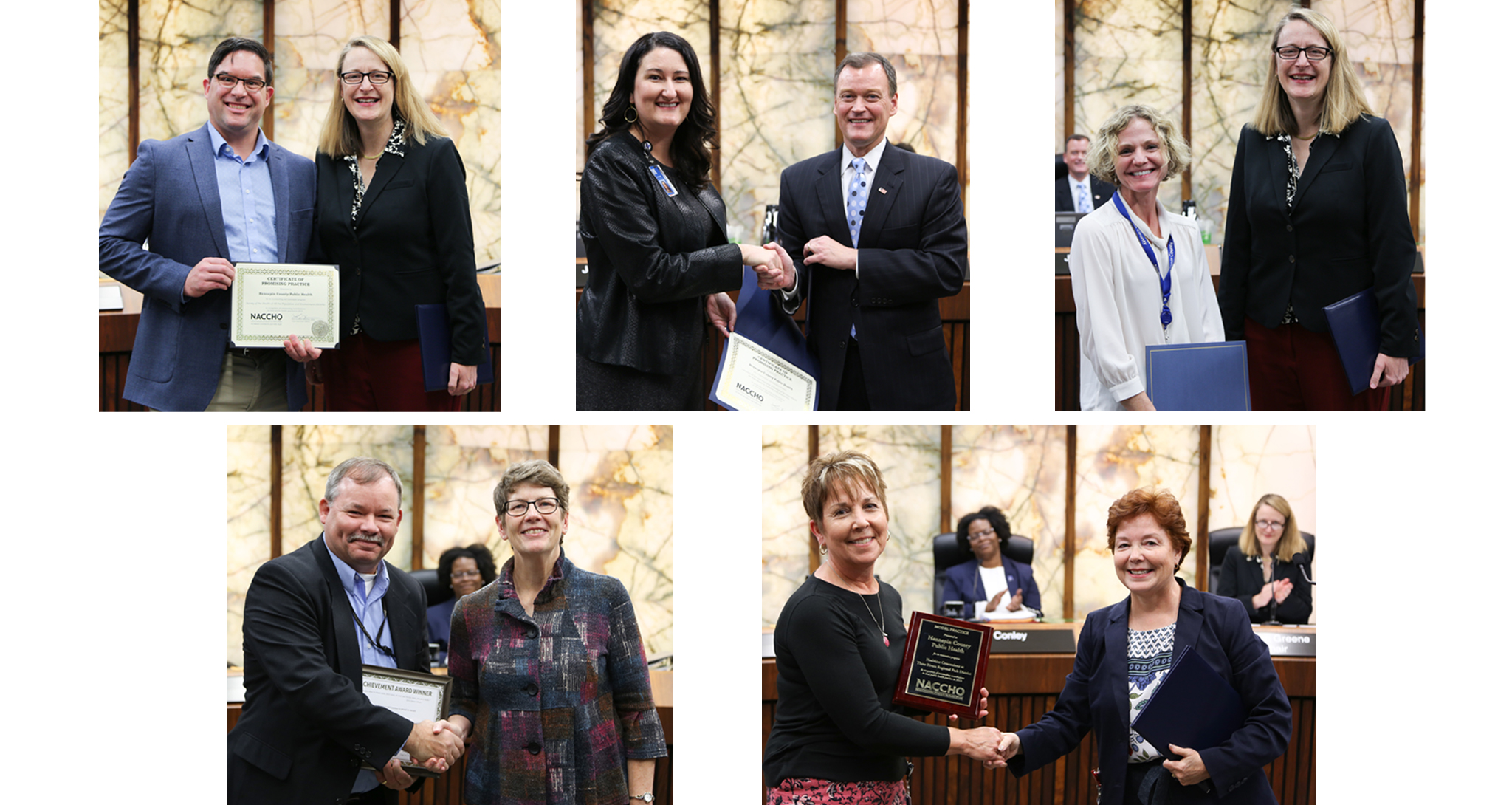
We were pleased to have our work (and our wonderful staff) featured in several videos in 2019. Check out the links below to see us in action!
If you've ever eaten at a restaurant, stayed at a hotel, swam in a pool, attended a farmers’ market or flushed a toilet you have been impacted by environmental public health. Environmental Health is a small unit of our public health department who have a big impact across our county. This video highlights the food program in Environmental Health.
Each year, 4,000 people experiencing homelessness make about 12,000 visits to our Health Care for the Homeless program. Our staff provide them with health and wellness services at nine shelters sites in Minneapolis, and this video showcases their work and its impact.
For the past ten years, the Statewide Health Improvement Partnership or “SHIP” has been working to expand opportunities for active living, healthy eating, and tobacco-free living in Hennepin County and throughout Minnesota. This video shows some of the inspiring work being done with our community partners to create a healthier Hennepin County.
We’re committed to hiring and retaining a diverse workforce. In this employee recruitment video, staff share their public health stories, including how they got into the field and why they’re passionate about their work.

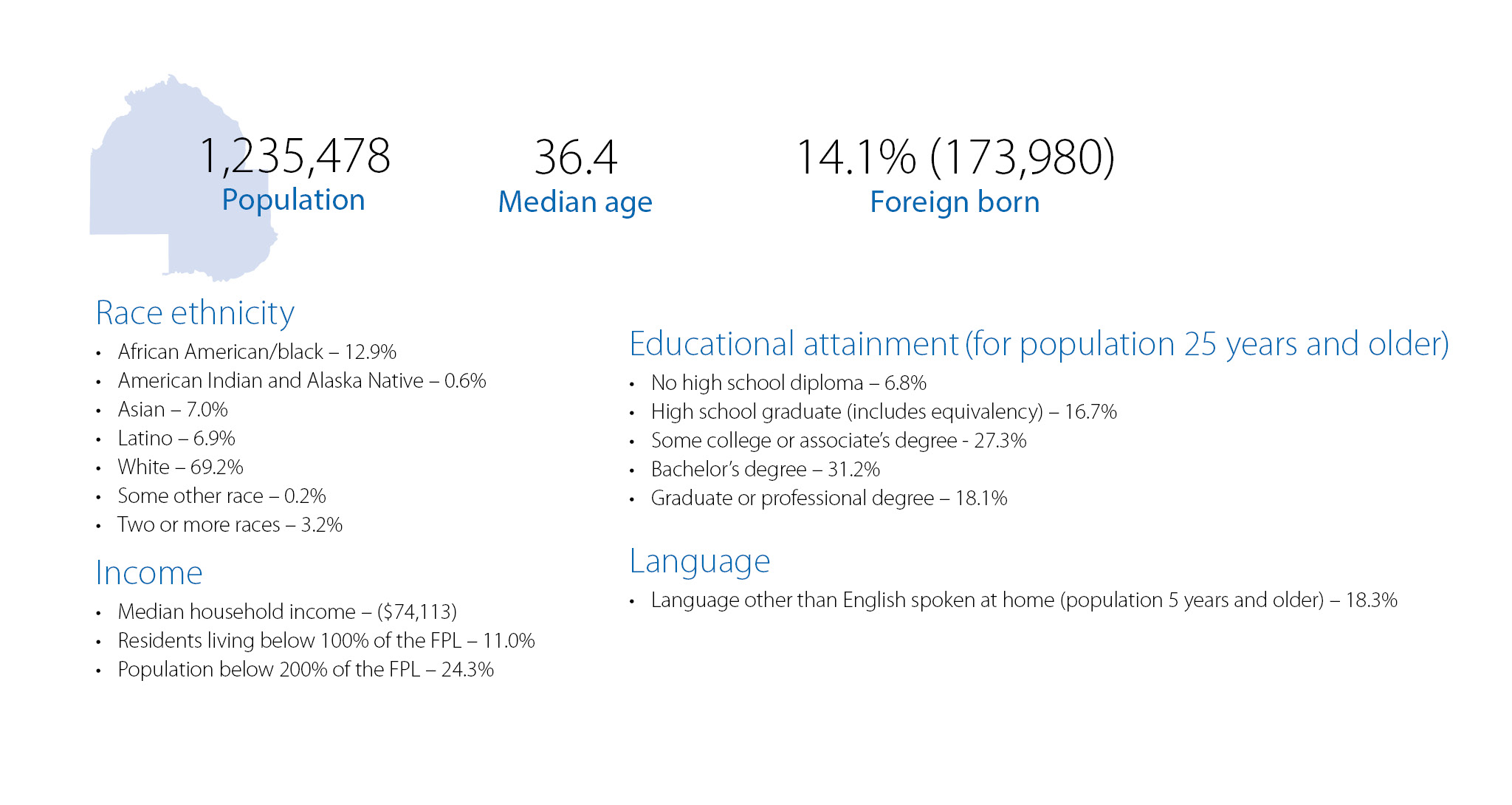
Special thanks to the Hennepin County Board of Commissioners for their generous support and investment in public health.
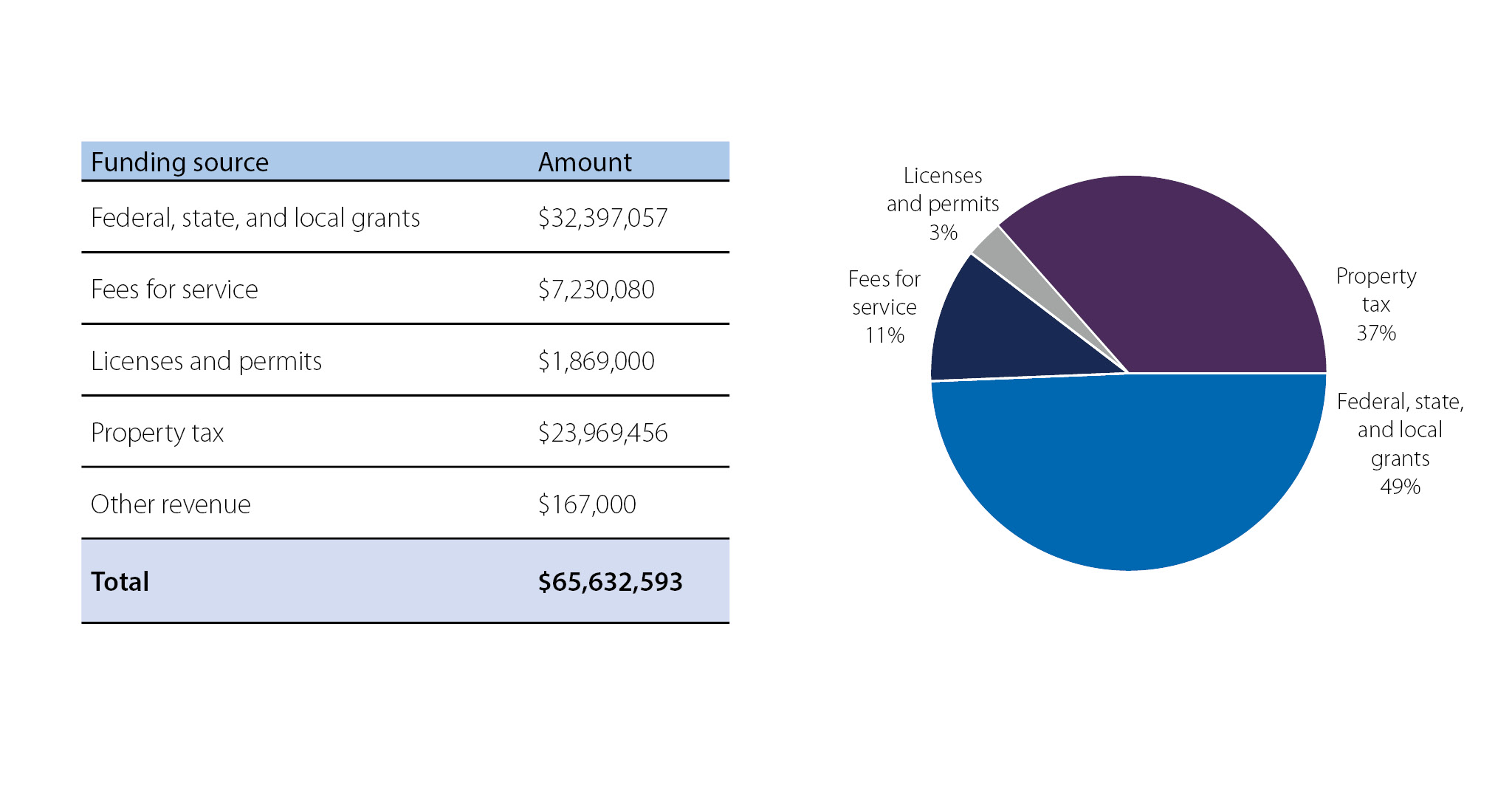
Find us on the web:
Click here for the captions and alt text for the images in this report (PDF).